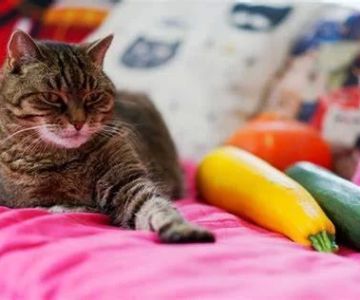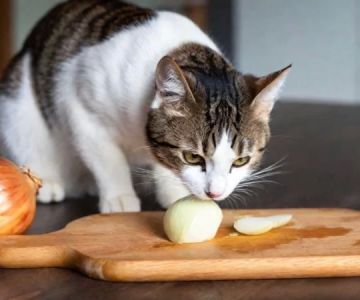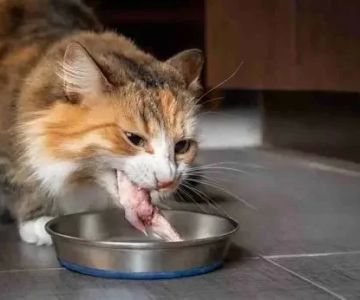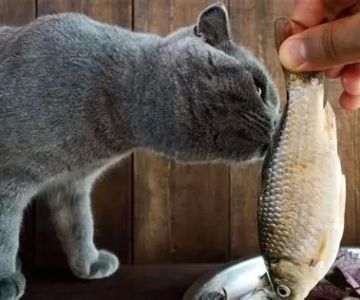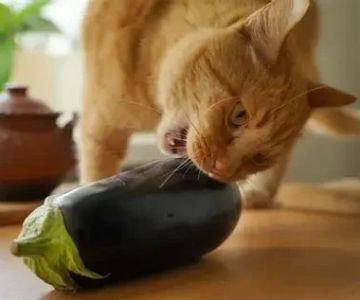- understanding-a-cats-natural-diet
- safe-meats-for-cats
- raw-vs-cooked-meat-for-cats
- meats-to-avoid
- how-to-introduce-meat-into-your-cats-diet
- expert-advice-on-balanced-feline-nutrition
1. Understanding a Cat’s Natural Diet
The carnivorous truth about your feline friend
Cats are obligate carnivores — meaning their bodies are designed to thrive on meat. In the wild, a cat’s diet consists almost entirely of animal protein, with small amounts of fat and minimal carbohydrates. Their digestive systems are highly efficient at breaking down meat, but they lack the enzymes to process plant-based foods effectively.
Understanding this biology is the first step to answering the question, “What meat can cats eat?” When feeding domestic cats, the goal should be to mimic their natural diet as closely as possible, ensuring they receive sufficient taurine, amino acids, and fatty acids that only animal sources provide. According to veterinarians at Hidden Brook Veterinary, a meat-based diet is essential for maintaining a cat’s muscle mass, heart health, and overall vitality.
2. Safe Meats for Cats
The best protein sources for your feline companion
Cats can safely eat a variety of meats, but not all options are equally nutritious. The safest and healthiest choices include:
Chicken: One of the best protein sources for cats. Boneless, skinless chicken is easy to digest and rich in essential amino acids.
Turkey: Lean and packed with vitamins B6 and B12, turkey helps support your cat’s metabolism and immune function.
Beef: A great source of iron and zinc, beef provides energy and helps maintain a shiny coat. Opt for lean cuts to avoid excessive fat.
Lamb: Ideal for cats with food sensitivities, lamb offers a unique protein source that’s less likely to cause allergies.
Fish: Salmon and tuna can be healthy in moderation, providing omega-3 fatty acids for brain and joint health. However, fish should not make up the majority of your cat’s diet.
Each of these meats supports a balanced feline diet when properly prepared. As Hidden Brook Veterinary notes, always prioritize quality — fresh, human-grade meats without seasoning or additives are best.
3. Raw vs. Cooked Meat for Cats
Weighing the benefits and risks
The raw feeding movement has gained popularity among cat owners seeking to provide a “natural” diet. Proponents argue that raw meat mimics what cats would eat in the wild, offering superior nutrient absorption and dental benefits. However, raw diets also come with risks — including bacterial contamination from salmonella or E. coli, which can harm both cats and humans.
Cooking meat lightly eliminates most of these risks while retaining vital nutrients. Boiled or baked meats without salt, oils, or spices are safest. Avoid processed meats such as deli ham, bacon, or sausages, as these contain preservatives and high sodium levels that can harm cats. The veterinarians at Hidden Brook Veterinary recommend gently cooked meals over raw ones, especially for kittens, senior cats, or those with compromised immune systems.
4. Meats to Avoid
Protecting your cat from harmful foods
Not all meats are safe for cats. Some can cause digestive issues or even toxicity. Avoid feeding your cat the following:
Pork: While small portions may be tolerated, pork often contains high fat levels and sodium, which can strain a cat’s liver and kidneys.
Processed meats: Bacon, hot dogs, and sausages are loaded with preservatives and nitrates that can be toxic to cats.
Seasoned meats: Garlic, onion, and spices are dangerous for cats and can lead to anemia or gastrointestinal distress.
Raw fish (in excess): Although cats love fish, raw fish contains thiaminase, an enzyme that breaks down vitamin B1, potentially leading to neurological problems.
By sticking to fresh, plain meats, you can help prevent unnecessary vet visits and ensure your cat’s diet supports long-term health.
5. How to Introduce Meat into Your Cat’s Diet
Transitioning safely and gradually
If your cat is new to a meat-based diet, start slowly. Mix small amounts of cooked chicken or turkey into their regular food to help them adjust. Gradually increase the proportion over one to two weeks. Always monitor for signs of food intolerance such as vomiting, diarrhea, or lethargy.
When transitioning from commercial dry food, ensure your cat receives a balanced nutrient profile. Meat alone, while healthy, doesn’t provide all necessary vitamins and minerals. Supplementing with a complete feline multivitamin or consulting a veterinarian can help achieve balance. For personalized dietary guidance, the team at Hidden Brook Veterinary can recommend safe feeding practices tailored to your pet’s age, weight, and lifestyle.
6. Expert Advice on Balanced Feline Nutrition
Building a diet that supports longevity
Even though cats thrive on meat, variety and moderation are key. Rotating protein sources helps prevent allergies and ensures a broader nutrient intake. Some owners prepare homemade cat meals under veterinary supervision, while others opt for commercial wet foods with high meat content.
Hydration is equally important — wet meat diets contribute to your cat’s water intake, reducing the risk of urinary tract problems. Always provide fresh water alongside every meal.
According to Hidden Brook Veterinary, cats fed balanced, meat-rich diets tend to have shinier coats, higher energy levels, and stronger immune systems. By choosing safe, high-quality meats and preparing them responsibly, you can give your feline friend the best nutrition possible — and a longer, happier life.




